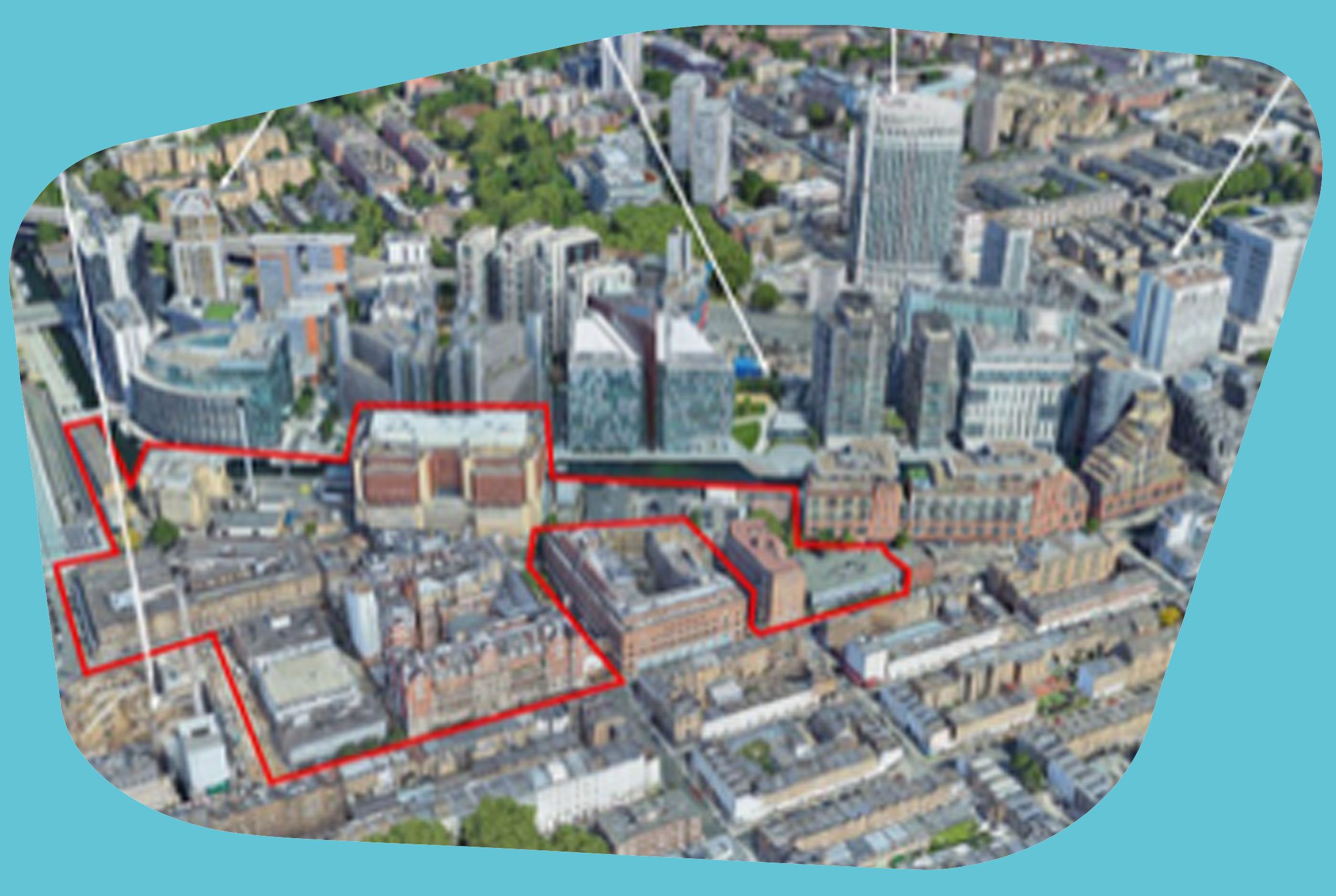We urgently need a new hospital – find out more about our redevelopment programme and how you can help us to create a better St Mary’s

St Mary's' sprawling patchwork of aging buildings, half of which are older than the NHS itself, are now in such poor condition that a major building failure is likely within 4-7 years.
The impact on patients and staff of providing care in airless, crumbling facilities is immeasurable. St Mary's is simply no longer fit to deliver the 21st century healthcare our staff, patients and local communities deserve.
That's why a complete rebuild is needed for St Mary's to stay in Paddington and continue to provide life-saving care to the people of central and north west London.
BBC London recently
1. St Mary's buildings are in poor condition

Recently, we had to close clinical areas in Mint Wing, one of the oldest buildings on the St Mary’s site, for urgent structural maintenance. This has further strained our ability to provide care and affected patient services.
The Grafton Ward has already permanently closed, resulting in the loss of 32 beds—around 5 per cent of our total bed capacity. Other wards are often closed for maintenance or repairs, causing delays for emergency patients needing admission and leading to cancelled operations.
Keeping the aging hospital open comes at an enormous cost. We are spending millions every year just on maintenance, leaving us unable to invest sufficiently in innovation, new equipment, and improved facilities.
2. St Mary's is simply not big enough to serve our communities
Healthcare needs are growing and changing. 100 per cent of beds at St Mary’s are occupied at peak times, causing operations to be cancelled or delays for patients who need to be admitted urgently. We simply do not have enough capacity.
We need 840 beds to meet the increasingly complex and growing healthcare needs of our local communities and to support wider London emergency services as a major trauma centre. We also need dedicated space for research, education, and innovation.
3. St Mary’s is not configured to meet modern healthcare needs
The buildings have developed over decades, creating multiple entrances and complicated patient journeys. We have delivered excellent care, teaching, and research here despite the challenges. However, the space and layout of our old buildings make it hard to work efficiently, deal with major healthcare demands like pandemics, and provide a positive patient experience.
Patients regularly arrive early for fear of getting lost in the rabbit warren of buildings spread over a 10-acre site and missing their appointments.
4. The current buildings are expensive and inefficient to run
Keeping the ageing hospital open comes at an enormous cost. We are spending millions every year just on maintenance - meaning we’re unable to invest enough in innovation, new equipment and better facilities.
The current buildings perform very poorly in terms of energy efficiency and sustainability and do not meet modern standards. We are not able to improve these buildings and help address the climate emergency without significant investment.
|
|
|
|









